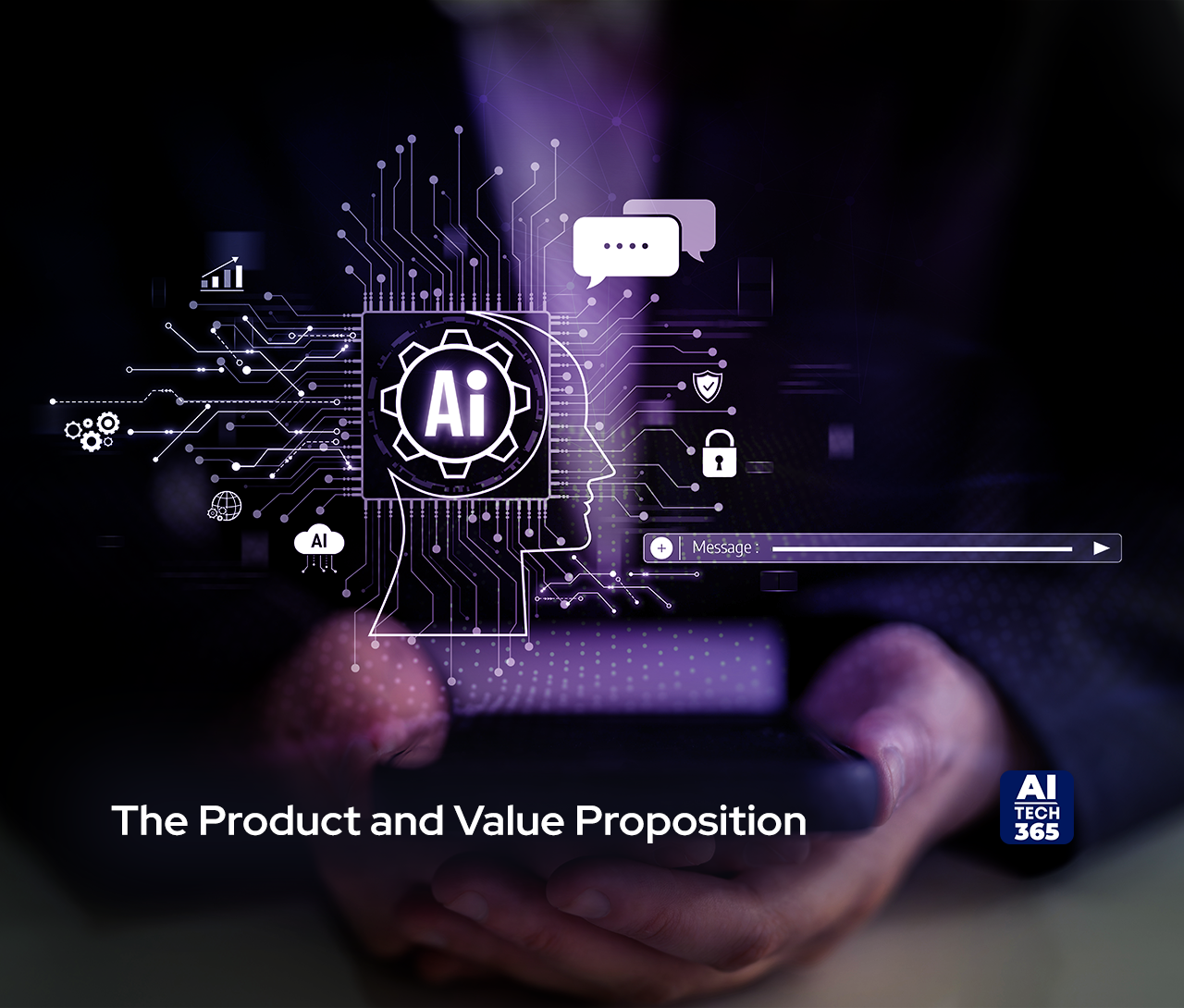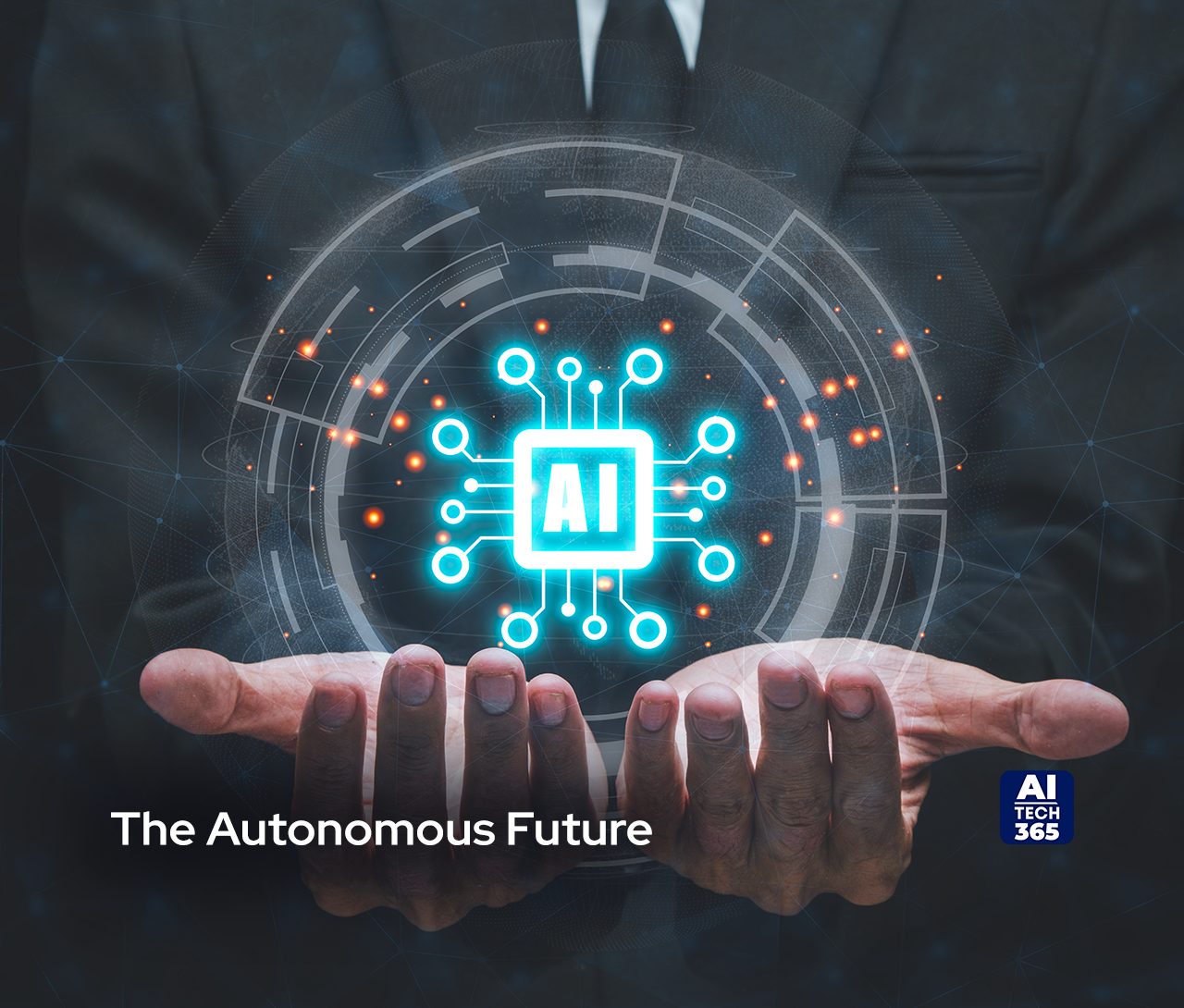AI is everywhere now. The companies that are really getting ahead don’t just use it sometimes. They run on it. It decides how they do things, how they serve customers, how their products change. Every little thing adds to the system, and it just keeps learning. You almost don’t notice it, but the company gets smarter all the time.
Most other companies just add AI on top of old systems. It helps here and there, but it doesn’t change much. AI-native companies are different. They are built to think and adapt. Their workflows, products, and everything about how they work are made to learn and improve. It’s not just about having new tools. It’s a whole new way to run a company. If you’re not doing it, you’re already behind.
Defining the AI-Native DNA
In today’s fast-moving business landscape, AI-native companies treat data as the heart of everything they do. Unlike traditional firms that see data as a byproduct, these organizations build unified real-time data pipelines that feed a continuous feedback loop. In AI-native companies, data is not just collected. It powers everything. Every click, every workflow, and every customer interaction adds a bit more intelligence to the system. Over time, the company becomes smarter just by doing what it already does.
This happens because of their MLOps and AIOps setup. Instead of following old-school, step-by-step software processes, these companies keep learning continuously. Data flows in, the system trains itself, updates get deployed, and then it watches what happens next. Each result becomes fuel for the next round of learning. The process never stops, and the product keeps getting better with every interaction. Every user action and system outcome becomes an opportunity for improvement. This is why products and services in AI-native companies are not static. They evolve and improve in real time, creating a noticeable difference for customers and internal teams alike.
Full automation is the natural next step. Zero-touch operations are no longer just a futuristic idea. Microsoft’s 2025 Responsible AI Transparency Report shows that AI agents can now reason, remember, and resolve tasks without human intervention. At Microsoft Build 2025, the introduction of the open agentic web further demonstrated how AI agents can operate autonomously across complex workflows, from IT management to predictive insights. This combination of continuous learning, data centrality, and automated intelligence forms the DNA of AI-native companies. It sets a foundation for enterprises that think, adapt, and evolve on their own.
Rebuilding the Operating Model
AI-native companies are changing the way work gets done behind the scenes. Intelligence is not just a tool anymore. It runs important functions like Finance, HR, and IT. AI takes care of where resources go, often spotting maintenance problems before anyone notices. Sometimes it even handles security issues without waiting for a human to step in. This frees people up. Instead of managing every little task, they can focus on bigger decisions.
The impact does not stop in the office. In supply chains, AI often spots tiny shifts in demand that people might miss. It can shuffle inventory, tweak production schedules, or reroute deliveries without much fuss. Because of this, delays drop, waste goes down, and customers are happier. Companies find they can move faster and respond almost instantly without checking every detail themselves.
Automation also reshapes organizations. When AI takes care of routine work, people move into strategic roles. Teams get smaller but stronger. Each person has more impact because they focus on planning, decisions, and innovation instead of day-to-day execution.
The technology behind this is impressive. Microsoft’s AI datacenters handle huge workloads for OpenAI, Microsoft AI, and Copilot. This makes it possible for intelligence to run at scale. Tools like Copilot are becoming the way people interact with AI. According to Microsoft’s 2025 Annual Work Trend Index, Copilot helps humans and AI agents work together smoothly. It speeds up complex processes and makes work less frustrating.
By putting intelligence into operations, supply chains, and team structures, AI-native companies create systems that keep learning and improving. The end result is faster, smarter, and more resilient businesses that set a new standard for how companies operate today.
Also Read: How to Optimize Your Codebase for AI Model Deployment?
The Product and Value Proposition
AI-native products are not like regular apps with fixed features. They grow and change as you use them. Every interaction teaches the system something new. So, tools like GitHub Copilot are not just about features. The AI is actually part of how you work. AI design platforms do the same thing. They kind of notice what you do and adjust along the way, so it keeps getting smarter.
Personalization goes way beyond simple suggestions. The product can change pricing, recommend tools, or shape the experience just for you. It’s not the same for everyone. The more you use it, the more it adapts, and the experience starts to feel completely personal. That way, each session is a little different.
Feedback loops make the product even stronger. Every click, every choice adds information. The system picks up on patterns and figures out how to improve. This learning happens fast, and it makes it tough for competitors who don’t build AI into the core.
Look at real examples. Google’s AI Mode in Search lets people ask questions naturally and get visual answers. Google AI Plus is now in 36 more countries so more people can access the latest AI tools. The Pixel 10 with Tensor G5 chip makes AI faster and smarter right on your device.
OpenAI is also moving fast. GPT-5, AgentKit, and Sora 2 let developers build AI agents that scale easily. At DevDay 2025, OpenAI showed how these tools work and even how AI can stop malicious uses.
Products like this keep learning, adapting, and personalizing. Basically, they evolve with you. They get smarter over time and become harder to replace.
Strategic Implications and the Competitive Moat
You’ll notice that traditional companies often lag behind AI-native ones. Old systems, messy data, and routines people are used to make it hard to move fast. Even if a company has resources, changing habits and retrofitting AI is tricky. That is why some fall behind before they even get started.
The real advantage comes from how AI-native companies learn. Every interaction gives them a little more insight. Those insights make their products better. Better products bring in more users. More users generate more data. Then the system picks up on that and improves again. You might notice that traditional companies often fall behind AI-native ones. Old systems, messy data, and routines people are used to make moving fast tricky. Even when a company has money and tools, changing habits and adding AI is harder than it looks. That is why some never really catch up.
The big advantage for AI-native companies is how they learn over time. Every little interaction teaches the system something new. That helps the product get better. A better product usually attracts more users, which in turn gives the system more data to work with. Over time, it starts noticing patterns and figuring out what works. Then it tweaks itself, often in ways you might not even notice. The process keeps repeating, and slowly, the product just gets smarter. Traditional firms can try, but it is not easy to keep pace.
Trust is just as important. AI-native companies need to handle bias carefully, be clear about how the system works, and protect user data. If people do not trust it, all the smarts in the world won’t matter. According to Deloitte, around one in four companies using generative AI will have AI agents in 2025, and that could rise to half by 2027. You’ll see that AI is changing roles and updating the way core work gets done in ways people don’t always expect.
The thing is, AI-native companies get stronger over time. They keep learning, adjusting, and making trust a priority. That’s how they stay ahead and make it tough for others to catch up.
The Autonomous Future
You’ll notice something interesting about AI-native companies. AI is not just a tool they use here and there. It’s kind of the engine behind everything. Operations, products, and even how they interact with customers all change and adapt on their own. Every little thing that happens adds to the system’s learning, and over time, the company just keeps getting smarter.
The next step people are talking about is the autonomous enterprise. The idea is simple but powerful. Imagine a company that can handle complex plans without someone watching over every move. AI agents handle decisions, tweak schedules, and keep everything moving without much fuss. Humans are still around to guide the bigger picture, but they don’t need to watch over the day-to-day stuff.
You’ll see hints of this in what Microsoft and OpenAI are doing. Microsoft’s AI datacenters power large workloads for Copilot and other AI apps, letting intelligence work at scale. OpenAI’s GPT-5 and tools like AgentKit let developers build agents that take care of tasks across systems without constant supervision. It’s pretty amazing to see how it all comes together.
The thing is, if a company isn’t AI-native these days, it’s already at a disadvantage. Companies that learn, adapt, and operate this way are the ones setting the pace. The ones that don’t do well, they’ll be trying to catch up for a long time.
End Note
You know, being AI-native is not some optional thing anymore. It is the baseline if a company wants to keep up. Look around at companies that build intelligence into how they run, how they serve customers, and how they make decisions move faster. They adapt better. They stay ahead. Others? Most companies end up just trying to catch up. The thing is, it’s not about having the latest tools. It’s about thinking differently. You need to build a company that actually learns and adapts as things change. If you don’t, you’re already falling behind.




